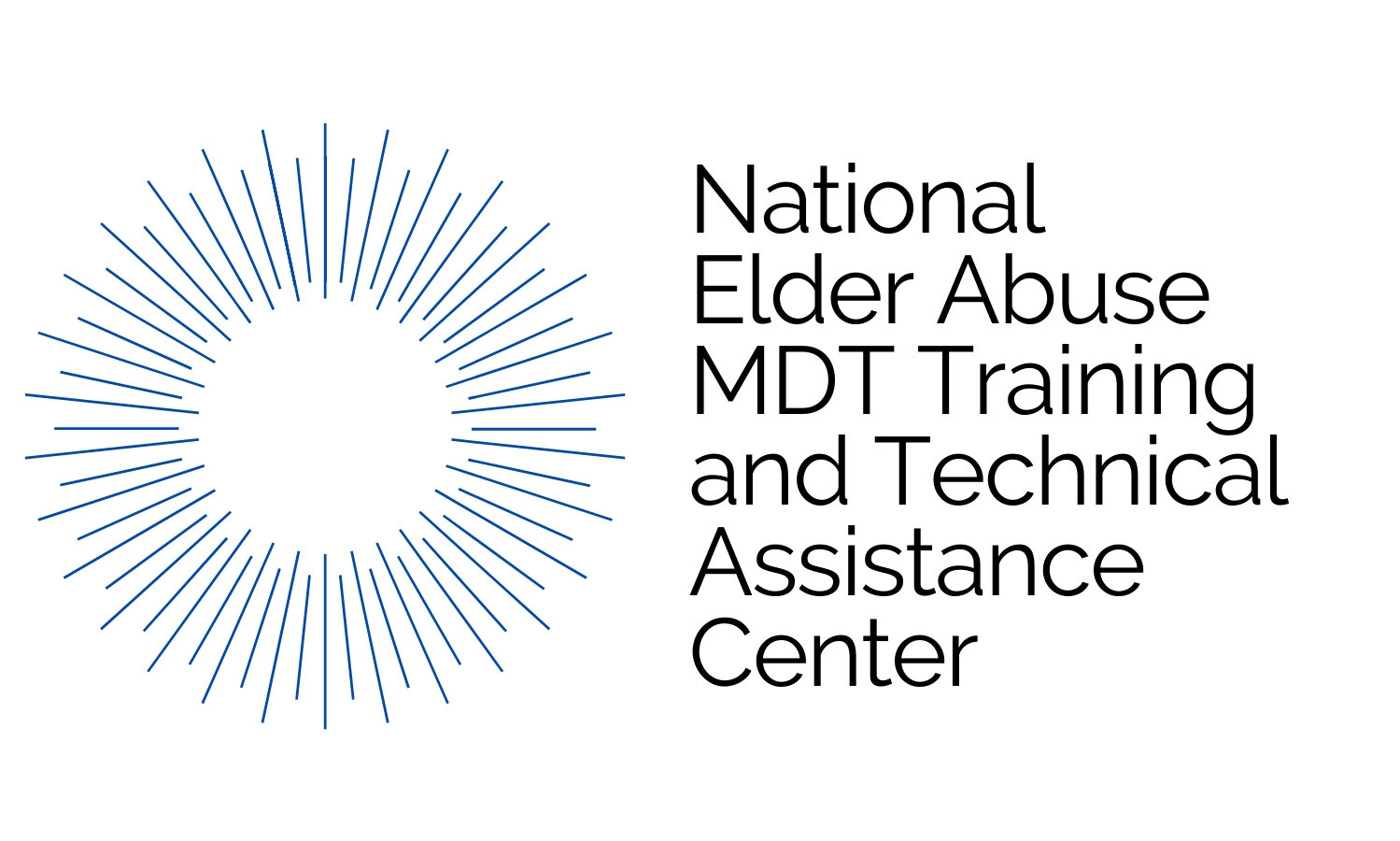The roles and responsibilities of members of an enhanced elder abuse multidisciplinary team (E-MDT) may vary depending on the specific structure and goals of the team. Generally, each member is expected to contribute cases to review, their unique expertise, and work collaboratively with other members to address elder abuse cases. Some common roles and responsibilities of E-MDT members include:
Overall, the roles and responsibilities of E-MDT members are to work collaboratively and use their unique expertise to provide a coordinated and effective response to elder abuse cases, ensuring that victims are protected and perpetrators are held accountable for their actions.
